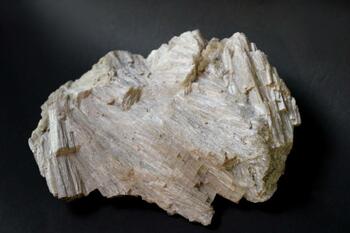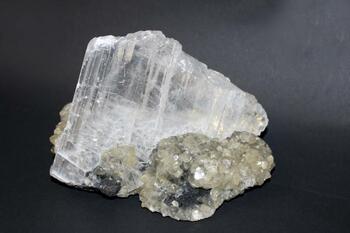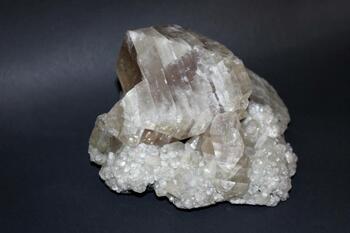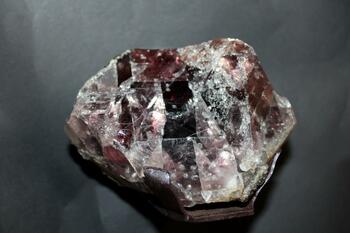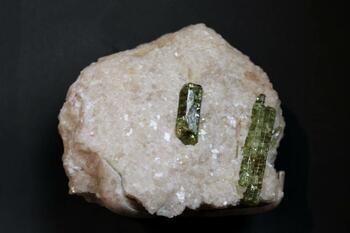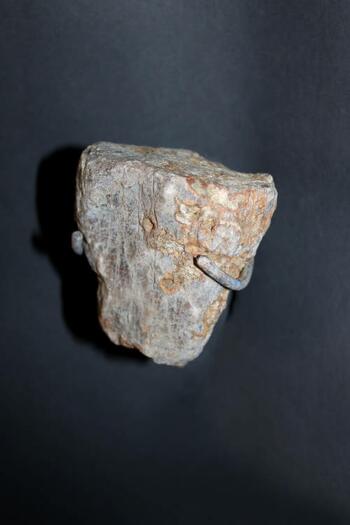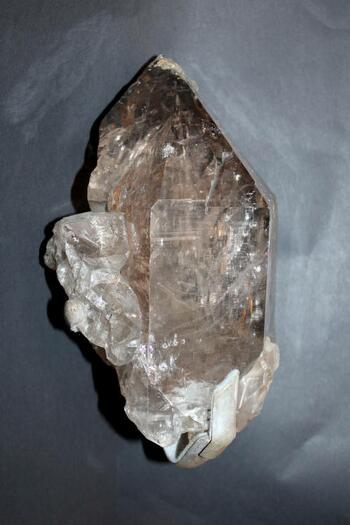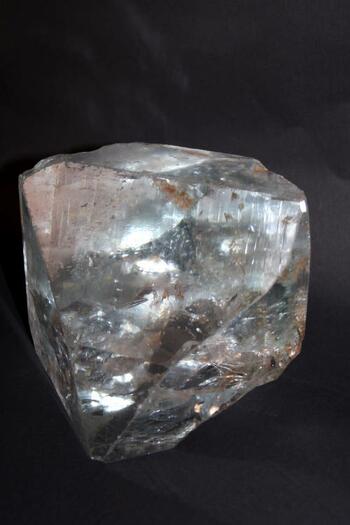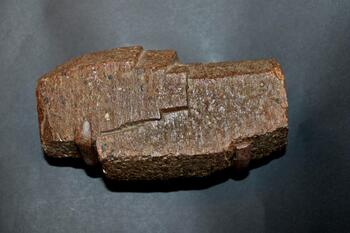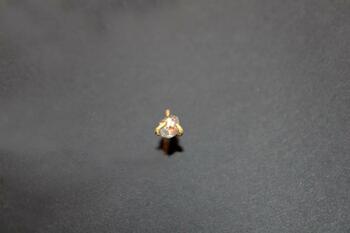The Mohs Scale describes the hardness of a mineral based on its ability to scratch other minerals. For example, if an unknown mineral scratches gypsum but not calcite, it has a hardness value between 2 and 3. Geologists use the Mohs scale to help to identify an unknown rock of mineral.
The scale is named for its creator, the German geologist and mineralogist Friedrich Mohs (1773-1839). However, the method of comparing hardness to identify distinct types of rocks and minerals has been used as far back as 300 BCE.
The National Park Service offers a graphic illustration of the Mohs index of minerals, along with some common objects that can be used for testing a mineral’s hardness: https://bit.ly/3S8OaFu
Talc has a Mohs hardness of 1.
Baby powder and cosmetics are often made from this soft mineral.
Gypsum has a Mohs hardness of 2.
Formed from evaporated sea water, gypsum was commonly used for sculpting in Ancient Egypt and Mesopotamia.
Calcite has a Mohs hardness of 3.
Calcite dissolves in most acids. Because of this, caves form in calcite-rich rock.
Fluorite has a Mohs hardness of 4.
Many fluorites glow - or fluoresce - under a black light!
Apatite has a Mohs hardness of 5.
Apatite is found in lots of interesting places like in moon rocks and in our bones and teeth!
Feldspar has a Mohs hardness of 6.
Because it has been used in pottery and glass making, archaeologists use feldspar for radiometric dating.
Quartz has a Mohs hardness of 7.
Found in nearly every geologic environment, quartz is the most abundant mineral in the Earth's crust.
Topaz has a Mohs hardness of 8.
The largest known topaz crystal weighs 596 pounds (271 kg)!
Corundum has a Mohs hardness of 9.
The second hardest known mineral, corundum, corundum is used in sandpaper and even in nail files!
Diamond has a Mohs hardness of 10.
The hardest naturally occurring material, diamonds, can be found in the cores of certain volcanoes or in meteorites.
